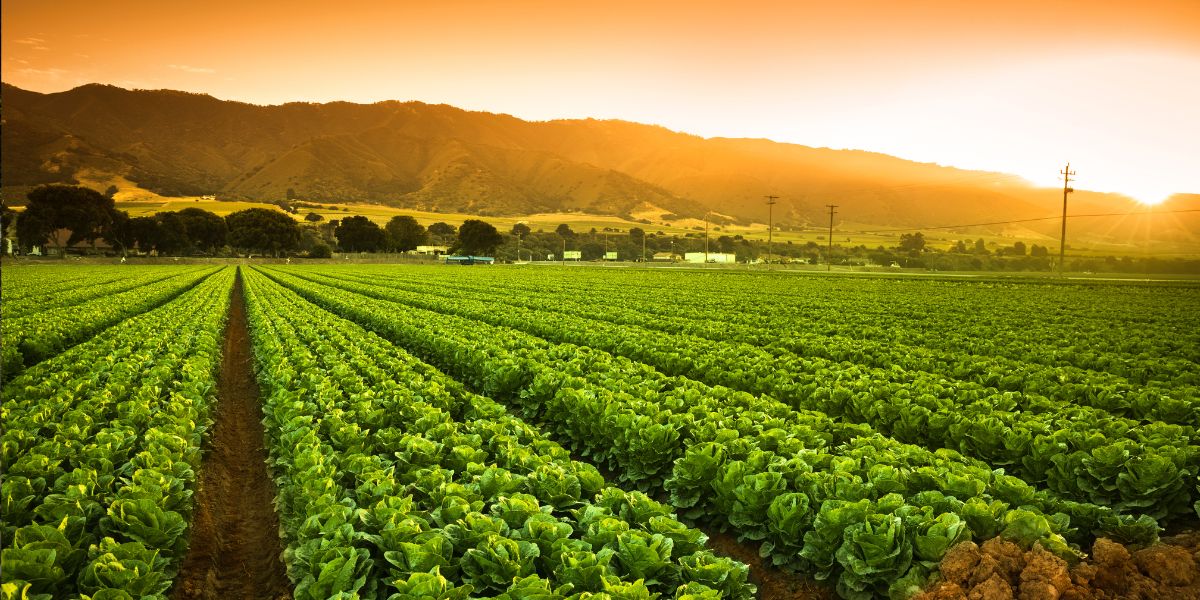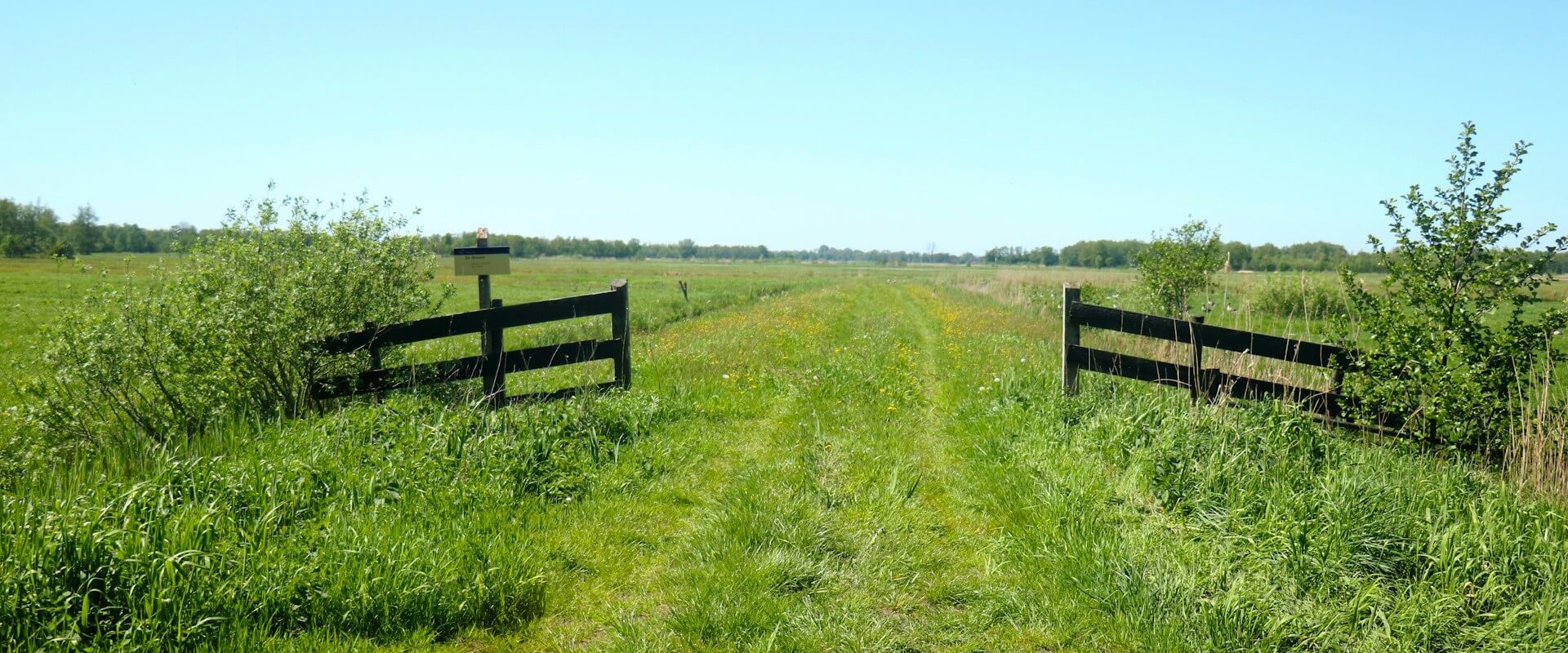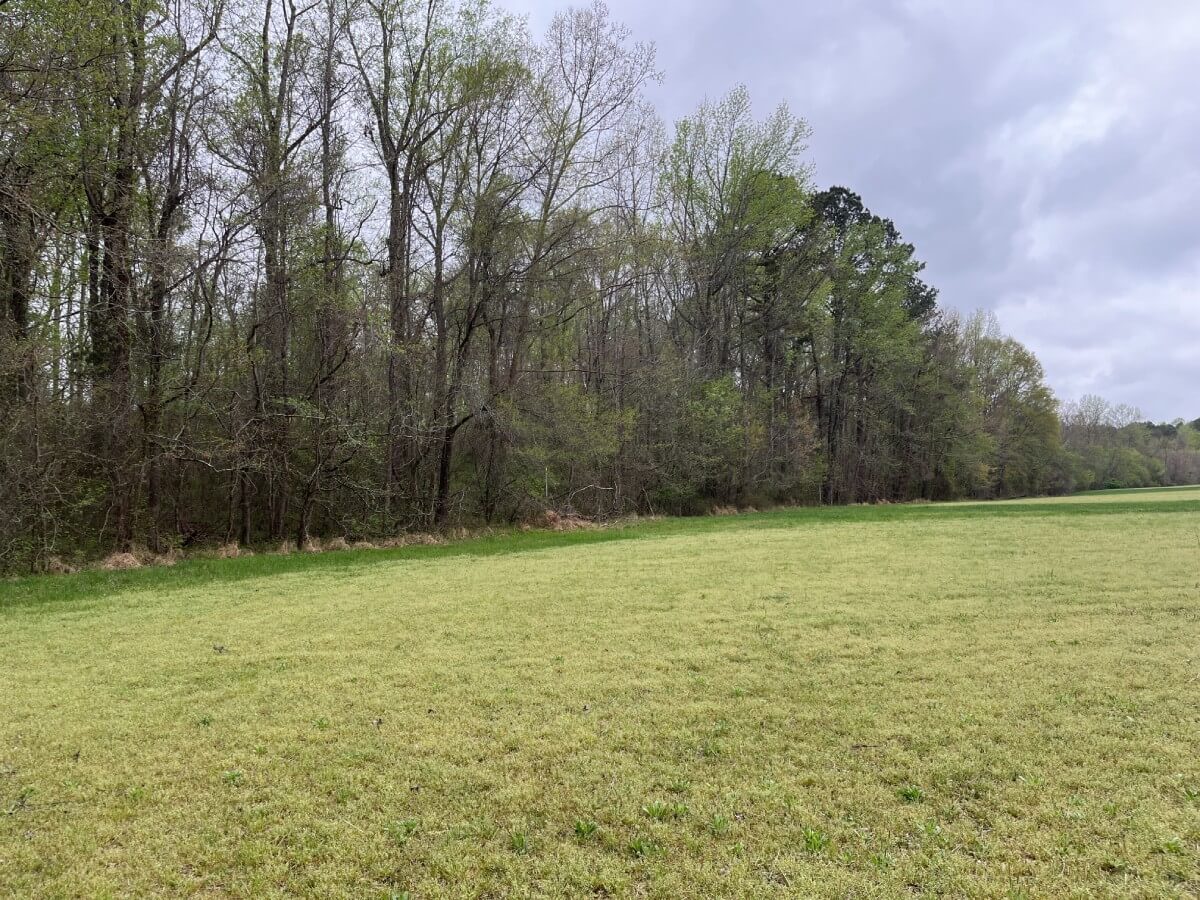Many global challenges include climate change, population growth, and economic instability. However, the preservation of local farmland emerges as a linchpin in the quest for sustainability and resilience.
We’ll delve into the significance of safeguarding farmland at the local level, drawing on data, research, and expert insights to underscore its critical role in ensuring food security. We’ll also discuss how local farmland bolsters economic prosperity and preserves our communities.
Preserving Local Farmland
The preservation of local farmland lies at the heart of the conversation surrounding food security. The U.S. Department of Agriculture (USDA) highlights the indispensable contribution of agriculture, food, and related industries to the nation's economy. In 2022, these industries amounted to approximately $1.420 trillion and contributed 5.5% of the total U.S. gross domestic product (GDP).
These figures underscore the agricultural sector's economic significance and the need to safeguard its foundation: farmland.
Twenty percent of the food that Americans consume today is imported even though many of these foods could be grown in the U.S. The problem is that drought in Asia, political upheaval in South America, or any economic turmoil worldwide could affect the food supply and prices. We all got a sense of this in recent years which highlighted the need for local food sources more than ever.
This means that basic sustenance relies on a system full of uncertainty and instability. Food security is a concern and increasing local farms is a necessity for the future.
That’s where local farmland comes into play. Preserving local farmland not only supports economic prosperity but also serves as a bulwark against food shortages and supply chain disruptions. In times of crisis, whether natural disasters or global trade disruptions, local food production becomes indispensable.
By preserving farmland within our communities, we reduce reliance on external sources for food, enhancing our resilience in the face of uncertainty.
Local Economic Benefits of Agriculture
According to the USDA, nearly 150,000 farms nationwide offer food to their local communities. Ways they offer food include:
- farmers markets
- community-supported agriculture (CSA) programs
- farm stands
- local grocery stores
Local farming generates local money, and it stays in the community. A study found that every dollar in local agriculture sales generated three dollars of community income. From a tax perspective, agricultural land generates less per acre than commercial or residential land. However, agricultural land also requires fewer public services.
On average, it is calculated that agricultural land receives $0.35 in public services for every dollar it pays in taxes!
Local Agriculture Benefits Community
The benefits of farmland preservation extend far beyond the agricultural sector. Maintaining open spaces and rural landscapes not only fosters agricultural productivity but also attracts tourism, outdoor recreation, and agritourism activities. These economic stimuli bolster local economies, creating jobs and fostering sustainable growth.
Moreover, farmland preservation mitigates the adverse effects of urban sprawl. Unchecked urban expansion encroaches upon fertile agricultural land, diminishing its productivity and exacerbating environmental degradation.
By preserving farmland, we mitigate these negative impacts, curbing infrastructure costs and preserving invaluable natural resources.
Farmland Preservation as Conservation
Farmland preservation is not solely an economic or food security issue; it is also an environmental imperative. Agricultural land serves as a habitat for diverse flora and fauna, playing a crucial role in biodiversity conservation. By preserving farmland, we safeguard these ecosystems, preserving biodiversity and mitigating habitat loss.
Additionally, farmland preservation contributes to climate change mitigation and adaptation efforts. Agricultural practices, when implemented sustainably, have several positive effects. These include:
- sequester carbon
- mitigate greenhouse gas emissions
- enhance soil health.
Preserving farmland ensures the continuity of these vital ecosystem services, bolstering our resilience to climate change impacts.
Navigating the Path Forward for Agriculture Preservation
Despite the undeniable benefits of farmland preservation, challenges persist. Pressures from urbanization, land development, and competing land uses threaten the viability of agricultural land. Addressing these challenges requires a multifaceted approach. These include:
- policy interventions
- public-private partnerships
- community engagement
Fortunately, opportunities abound for advancing farmland preservation initiatives. Government incentives, conservation easements, and land trusts provide avenues for protecting agricultural land. They also incentivize sustainable land management practices.
Moreover, raising awareness and fostering public support for farmland preservation are essential steps in securing our agricultural heritage for future generations.
Conclusion: Forging a Sustainable Future
Preserving local farmland is not merely an option but a necessity in our quest for a sustainable and resilient future. By safeguarding agricultural land, we ensure food security, bolster economic prosperity and preserve the environmental integrity of our communities.
As we navigate the complexities of the 21st century, let us prioritize farmland preservation as a cornerstone of our collective efforts to build a more equitable, prosperous, and sustainable world.
About the Author
Sam Warnock brings in-depth experience with ecosystem services, natural capital accounting, and environmental regulations based on his time spent in the private environmental sector and his education. His experience stems from projects related to regulatory permitting, chemical analysis, and EPA compliance. He has overseen a broad range of projects across the globe with a focus on environmental sustainability.
Learn MoreWe are a trusted partner for land owners to preserve their farmland with conservation strategies
Learn More






